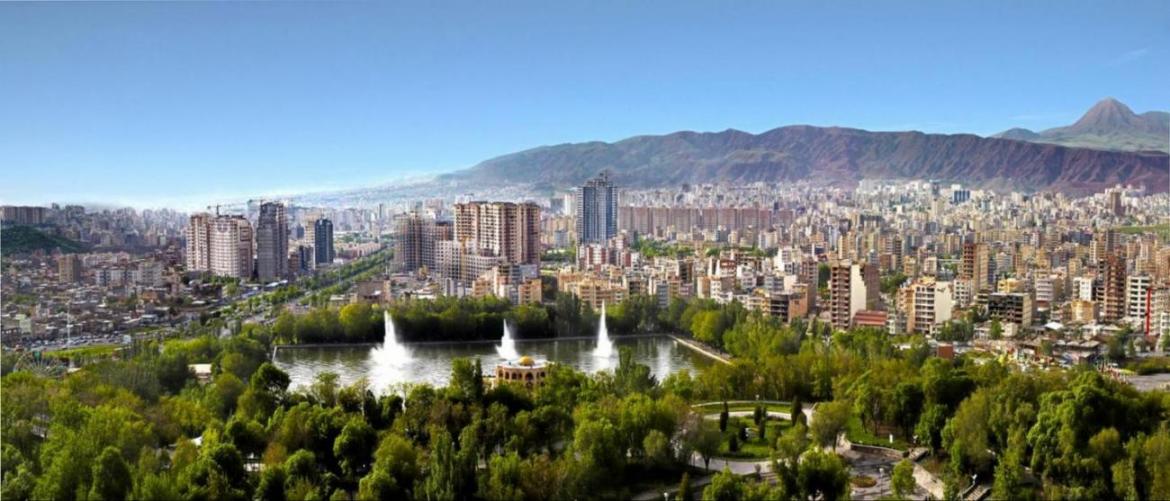The government is bringing out a white paper on the main problems of metropolises to assist municipalities to find solutions to civic problems, said Ali Nozarpour, deputy of municipal affairs at the Municipal and Rural Management Organization.
The report is one of the tasks assigned to a new commission on metropolises formed by the government to specifically address problems ailing big cities, ISNA quoted him as saying.
Another duty of the commission is to create coordination between municipalities and state-run executive organizations in urban management.
The report, worked out in cooperation with the Interior Ministry, covers ‘urban services’ including green spaces, firefighting, waste management and vegetable and fruit markets, he said.
Currently, all documents have been gathered by the commission and sent to the government for perusal. So far, firefighting, green space, and waste management documents have been approved by the Cabinet.
Traffic and Transport
Another area is ‘transportation and traffic’ in three parts of accidents and safety, transportation, air pollution and travel demand and integrated transport management. The document has been prepared by the commission and will be sent to the Cabinet soon.
The document on ‘social and cultural issues in large cities’ prepared by the Interior Ministry is before the Cabinet and will be discussed by experts, Nozarpour added.
The Ministry of Roads and Urban Development, is tasked to provide the ‘Metropolises Development Pathology’ report to the commission.
Tehran, with a population of around 8.4 million and 14 million in the wider metropolitan area, is the largest city in Iran and the national capital. Tehran Province is home to 18% of Iran’s population. It is the hub of the country’s administrative, communication and transport networks.
Pilgrimage City
Mashhad, with a population of 2.4 million, is the second-largest Iranian city and the capital of Khorasan Razavi Province. The holy city is the site of the eight Shia Imam, Imam Reza (PBUH) Shrine. It is a pilgrimage and tourism center and between 15 and 20 million pilgrims visit the shrine every year.
The third most populous city in Iran is Tabriz (population 2.2 million), the capital of East Azarbaijan Province and the second-ranking industrial city after Tehran. Tabriz was the second largest city in Iran until the late 1960s and one of its former capitals.
The fourth most populous city is Isfahan, with a population of 1.5 million. The capital of Isfahan Province, the growth of the tourist city’s suburban area has turned the province into the fourth most populous metropolitan area with a population of 3.4 million.
Regeneration
The other major cities are Karaj (population 1.3 million) and Shiraz (population 1.2 million). Karaj is the capital of Alborz Province and is situated 20 km west of Tehran; however, the city is increasingly becoming an extension of metropolitan Tehran. Shiraz is considered the heart of Iranian music and culture.
A variety of common problems such as social, environmental, spatial and economic issues plague the cities, in particular Tehran. The huge population influx has overburdened the urban system in the capital, requiring urgent socio-economic regeneration and stimulus.


